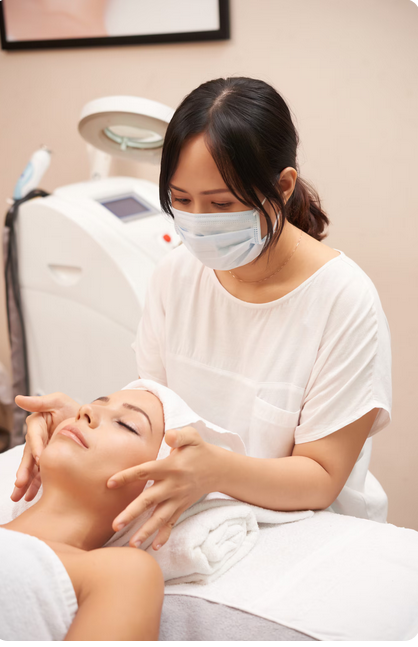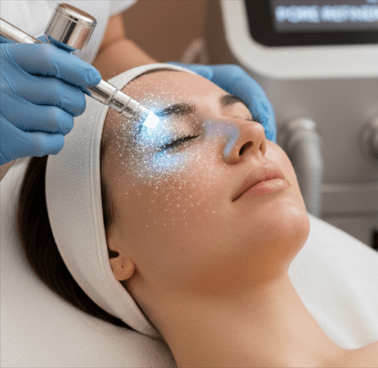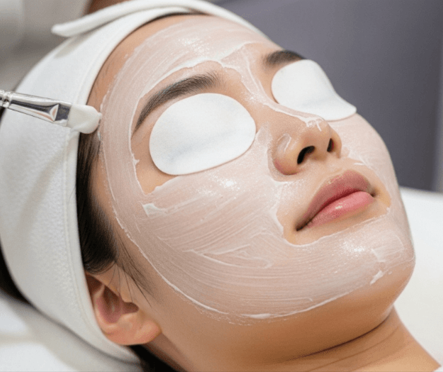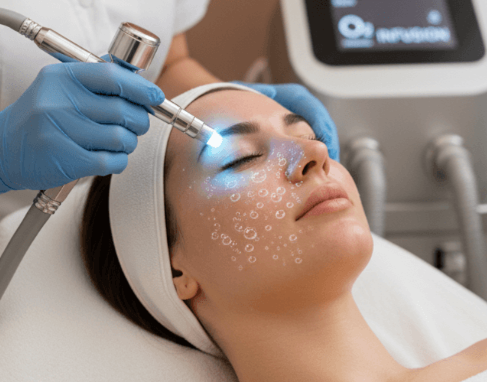In recent years, exosome therapy has emerged as a groundbreaking treatment in the fields of anti-aging, regenerative medicine, and skin rejuvenation. If you’re exploring advanced medical options in Korea, a global leader in innovative healthcare, understanding what exosome therapy involves can help you make informed decisions.
What Are Exosomes?
Exosomes are tiny, naturally occurring extracellular vesicles released by cells in the body. Measuring only 30-150 nanometers in size (thousands of times smaller than a grain of sand), exosomes act as communication messengers between cells. They carry important biological materials such as proteins, lipids, and genetic information (RNA), which help regulate cell function, repair damaged tissues, and stimulate regeneration.
How Does Exosome Therapy Work?
Exosome therapy harnesses the regenerative power of these microscopic messengers. The therapy involves isolating exosomes from donor stem cells, usually derived from sources like umbilical cord tissue or bone marrow, and delivering them into the patient’s body via injection or topical application.
Once introduced, exosomes:
- Stimulate collagen and elastin production to improve skin texture and elasticity
- Promote tissue repair and healing
- Reduce inflammation and oxidative stress
- Enhance cell communication for overall tissue regeneration
This makes exosome therapy highly effective for conditions like skin aging, joint degeneration, hair loss, and certain chronic inflammatory diseases.
Why Consider Exosome Therapy in Korea?
Korea is recognized worldwide for its cutting-edge medical technology and strict quality standards. Here’s why many patients choose Korea for exosome therapy:
- Advanced Research & Development: Korea invests heavily in regenerative medicine research, ensuring therapies use the latest scientific advancements.
- Experienced Specialists: Korean clinics have highly trained doctors specializing in aesthetic and regenerative treatments.
- High Safety Standards: Clinics follow rigorous protocols to ensure the purity, safety, and effectiveness of exosome preparations.
- Customized Treatment Plans: Therapies are tailored to your specific needs for optimal results.
- Competitive Pricing: Compared to Western countries, Korea offers affordable, world-class treatments.
What Conditions Can Exosome Therapy Treat?
Exosome therapy has a broad range of applications, including:
- Skin Rejuvenation and Anti-Aging: Reduce wrinkles, fine lines, pigmentation, and improve skin tone.
- Hair Regrowth: Stimulate dormant hair follicles to promote new hair growth and reduce hair thinning.
- Joint and Cartilage Repair: Aid in the healing of osteoarthritis and sports injuries.
- Wound Healing: Accelerate recovery from scars and ulcers.
- Other Regenerative Uses: Including treatment for autoimmune diseases and nerve damage (still under clinical trials).
What to Expect During Treatment?
- Consultation: Your doctor will evaluate your medical history and goals to design a personalized treatment plan.
- Preparation: Exosomes are prepared in a sterile environment following strict guidelines.
- Administration: Depending on the treatment area, exosomes are injected or applied topically. The procedure is minimally invasive and usually done on an outpatient basis.
- Recovery: Most patients experience little to no downtime. Some mild redness or swelling may occur temporarily.
- Follow-Up: Multiple sessions may be recommended for best results. Your doctor will monitor progress and adjust the treatment as needed.
Are There Any Risks or Side Effects?
Exosome therapy is generally considered safe because it uses natural, cell-derived products. However, potential side effects can include:
- Mild swelling or redness at the injection site
- Temporary discomfort or bruising
- Allergic reactions are rare but possible
Choosing a reputable clinic in Korea with certified medical staff minimizes these risks.
How to Choose the Right Clinic in Korea?
- Check Credentials: Ensure the clinic is licensed and the doctors are board-certified.
- Ask About Exosome Source: Verify the exosomes come from reliable, GMP-certified laboratories.
- Review Patient Testimonials and Before/After Photos: Real patient results help gauge clinic quality.
- Discuss Costs and Treatment Plans: Understand all expenses upfront.
- Ensure Proper Consultation and Follow-Up Care
Final Thoughts
Exosome therapy represents a revolutionary leap in regenerative medicine with promising results in anti-aging and healing treatments. Korea’s world-class medical infrastructure and expertise make it an excellent choice for patients seeking safe, effective, and affordable exosome therapy.
If you’re considering exosome therapy, consult with a qualified Korean specialist to explore how this innovative treatment can help you achieve your health and beauty goals.




